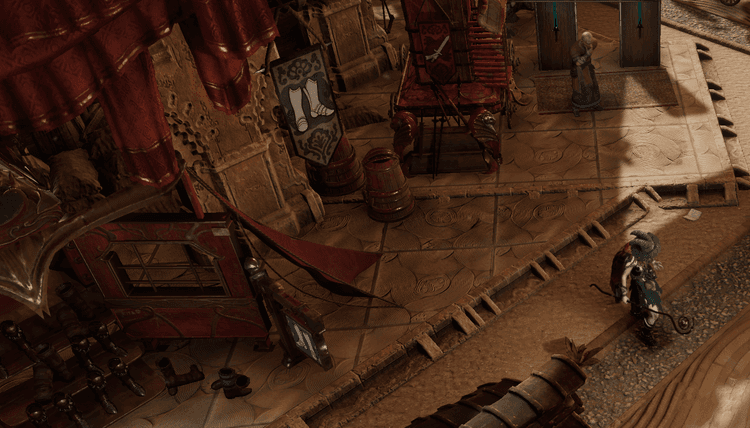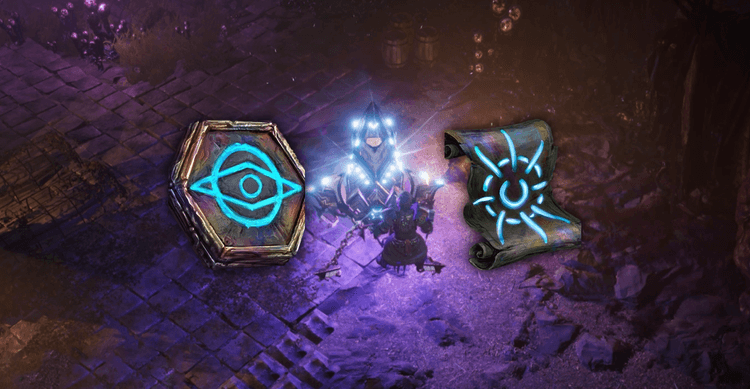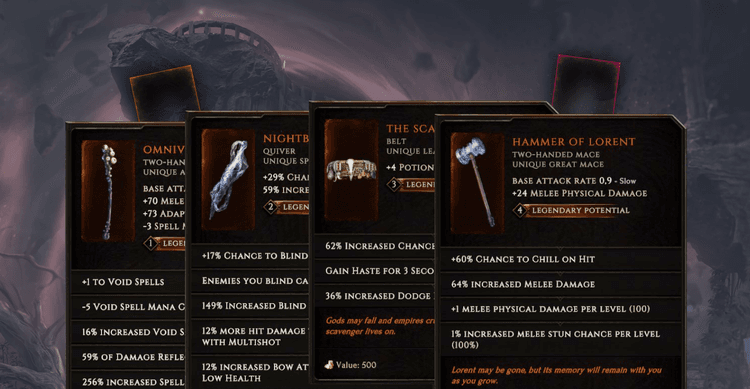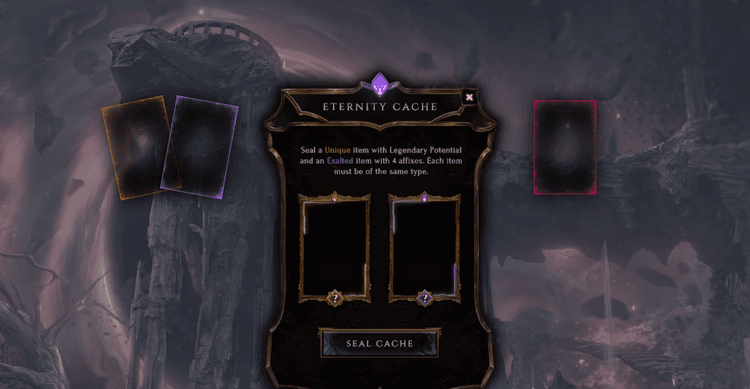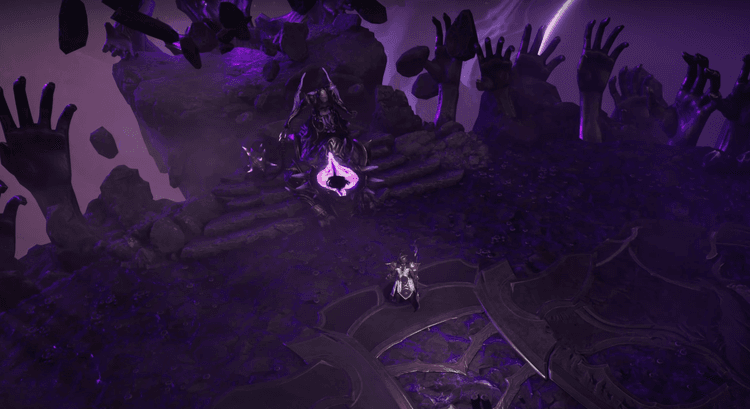How Is Damage Calculated in Last Epoch
A detailed guide to Damage Calculation in Last Epoch
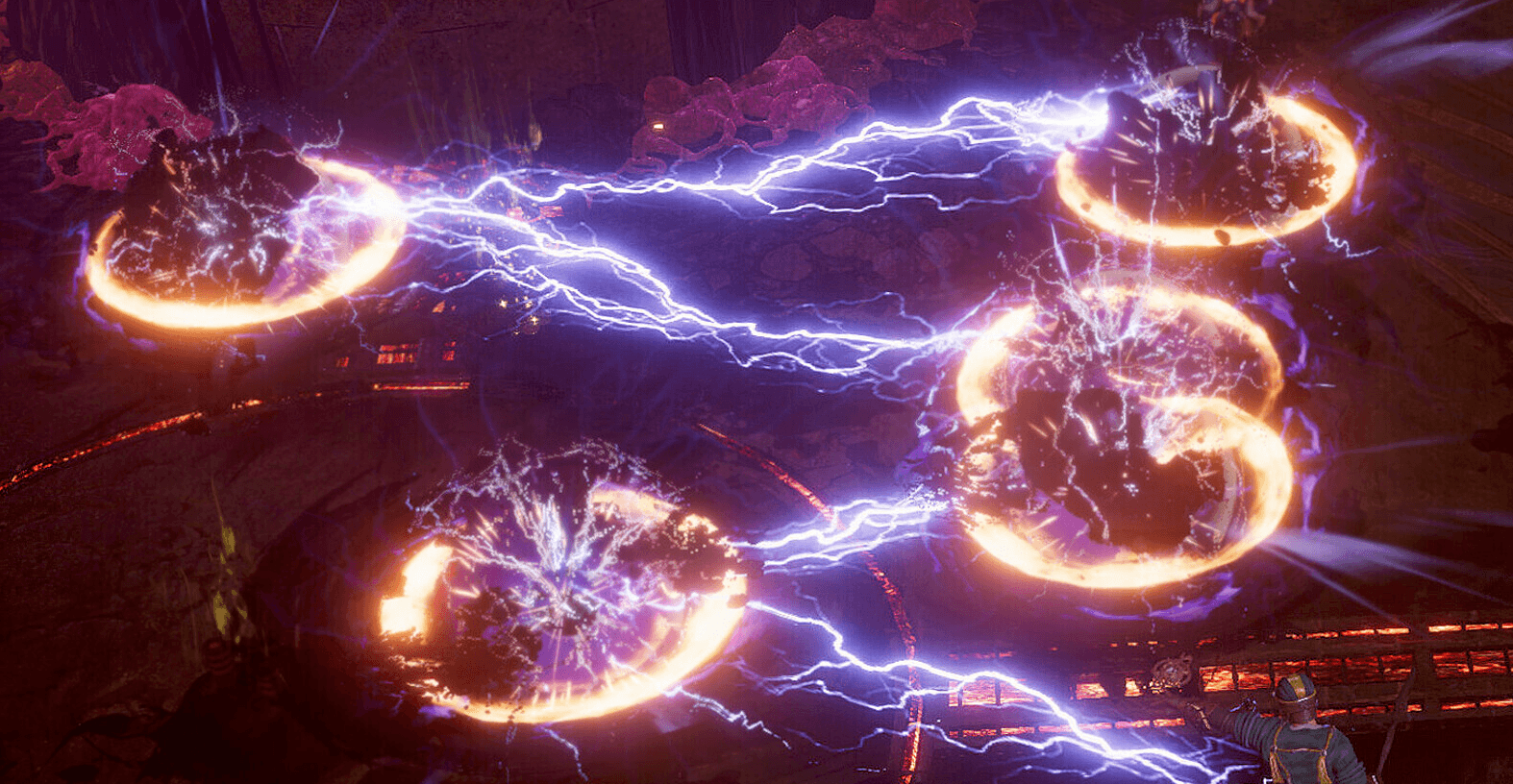
Damage Calculation is a core element of any ARPG, and usually not an easy one to grasp at first sight. In these guide we'll go into detail of all components to contribute to the final damge you deal.
You can check out Damage Calculation in action in our Build Planner.
3 Types of Combining Damage
Added Damage
Added Damage is the easiest form of damage. Before any other calculations happen, these flat damage components are added together.
- Base Damage: This source of Added Damage comes directly from the Skill or Ailment that's causing the damage. These are the start of any damage calculation. For example, has a Base (Fire) Damage of 25.Fireball
- +X Damage: Adding to Base Damage, is any source of +X Damage from Gear or Skill/Passive Nodes. This amount is added to the Base Damage. For example, adds +3 to your Base Damage (only applies to Spells in this case, more on this later).Rowan Wand

- Added Damage Effectiveness: When adding damage to a skill's base damage, the added damage is scaled by a factor depending on the skill. For example, has an Added Damage Effectivenes of 160%, meaning that all Added Damage gets multiplied by 1.6 before it's being added to the base damage. This factor can also be smaller than 100%, reducing the effect of Added Damage.Flame Reave
Increased Damage
After adding together all sources of Added Damage, Increased Damage is factored in. All sources of Increased Damage are first added together and the resulting sum is used as a multiplier.
Increased damage can be found commonly as Affixes on items. Another great source of Increased Damage are your skill's Damage Scaling Tags. Each skill has set of attributes it scales with, and a common scaling property is Increased Damage. For example,
More Damage
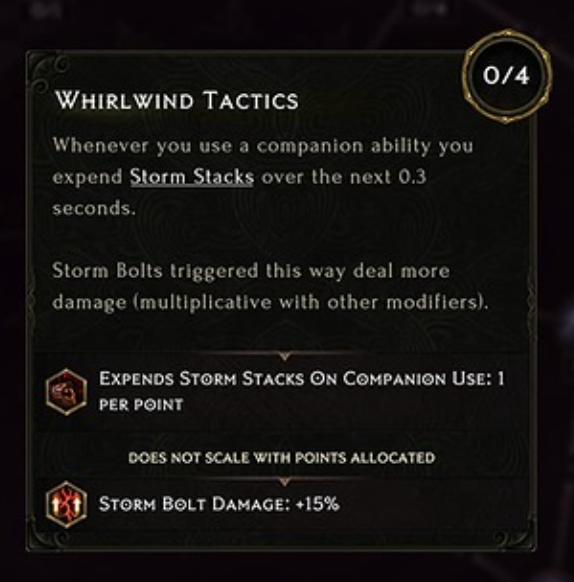
More Damage is the odd one out in the list here, in the sense that all other forms of damage modifiers first add up all sources and then apply the modifier. In contrary, each source of More Damage gets multiplied to the total.
If we have two sources, they get multiplied subsequently, amplifying eachother's effect.
An example of More Damage can be found on ![]()
Adding it all together
Let's look at combining all three types of damage together now.
Formula
If we take a real example with the following conditions:
- : Base Damage 25Fireball
- : +3 Spell DamageRowan Wand

- +4% Increased Damage from Intelligence Scaling on Fireball
- : +60% Increased (Fire) DamageRule of the Simoon

- : +10% More Damage (to Ignited Enemies)Soulfire

( 25 + 3 ) x ( 1 + 0.04 + 0.60 ) x ( 1 + 0.10 ) = 50.512
Damage and Ability Types
Damage modifiers can be generic or they can be linked to a specific Damage Type or ability type, or a combination of multiple. When a modifier is linked to a Damage Type, it only increases that type's damage.
Damage Type
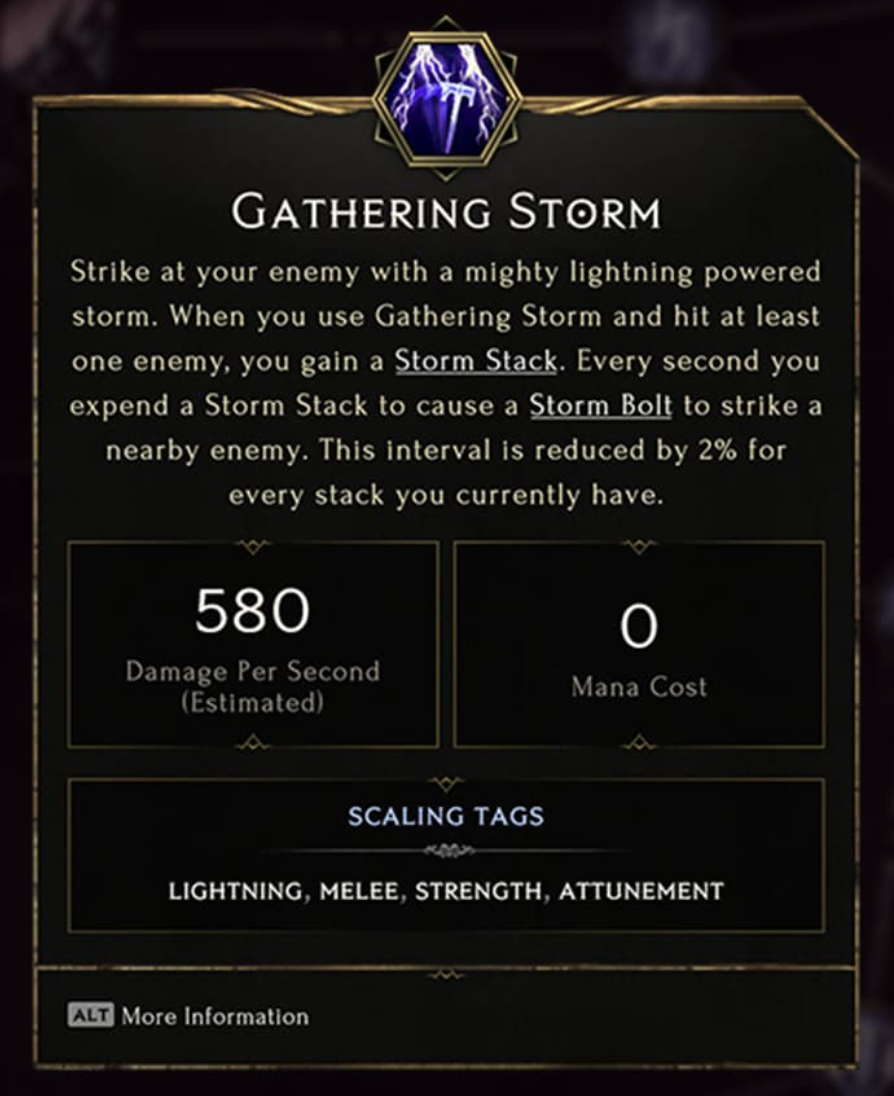
There are a total of 7 Damage Types.
- Fire
- Cold
- Lightning
- Physical
- Necrotic
- Poison
- Void
If you have +X Fire Damage, you will just add X Fire Damage to your base damage (even if you had 0 Base Fire Damage).
If you have X% Increased Fire Damage, you will increase only Added Fire Damage. If you had no Base or Added Fire Damage, this will have no effect. The same applies for +X% More Fire Damage.
Ability Type
There are a total of 4 Ability Types, 5 if you also count Damage over Time, as it works in the same way.
- Melee
- Spell
- Bow
- Throwing
- (Damage over Time)
If you have +X Spell Damage, this damage is only add if you skill has a "Spell" tag. If it does, the Added Damage is spread across all Damage Types.
For example,
Combined Type
Ability and Damage types can also be combined, for example ![]()
The same applies for Increased Damage. For example, ![]()
Critical Strike
Critical Strike is a special type of hit that increased your damage when it occurs. You can increase the chance of a Critical Strike occuring and also the damage a Critical Strike does.
Critical Strike Chance
You have a 5% Critical Strike Chance, some spells like
Critical Strike Chance can be increased in the same way damage is increased, by either adding Added Critical Strike Chance (like ![]()
![]()
Technically Critical Strike Chance is capped at 100%.
Formula
Critical Strike Multiplier
Your Critical Strike Multiplier defines how hard a Critical Strike will hit. Be default, a Critical Strike will do double damage (200%). This can be further increased by modifiers. For example, ![]()
Penetration
Penetration is another layer of Damage multiplication. Penetration works opposite to Resistances. In essence, Penetration can be seen as negative Resistance.
When Resistance drops below 0%, damage is amplified by that percentage. For example, with ![]()
Attack and Cast Speed
When calculating the total damage output of an attack, we have to take speed into consideration. Melee, Bow, and Throwing attacks scale with Attack Speed, Spells scale with Cast Speed, and Damage over Time effects work with Tick Speed.
Attack Speed
Attack Speed is calculated by taking the base skill speed multiplied by the weapon speed (for dual wield the average of both weapons is taken). This product is then multiplied with the sum of all Increased Attack Speed modifiers.
Formula
Cast Speed
Cast Speed works the same as Attack Speed, but without the Weapon Speed factored in.
Formula
Don't forget to try out Damage Calculation in action in our Build Planner.
